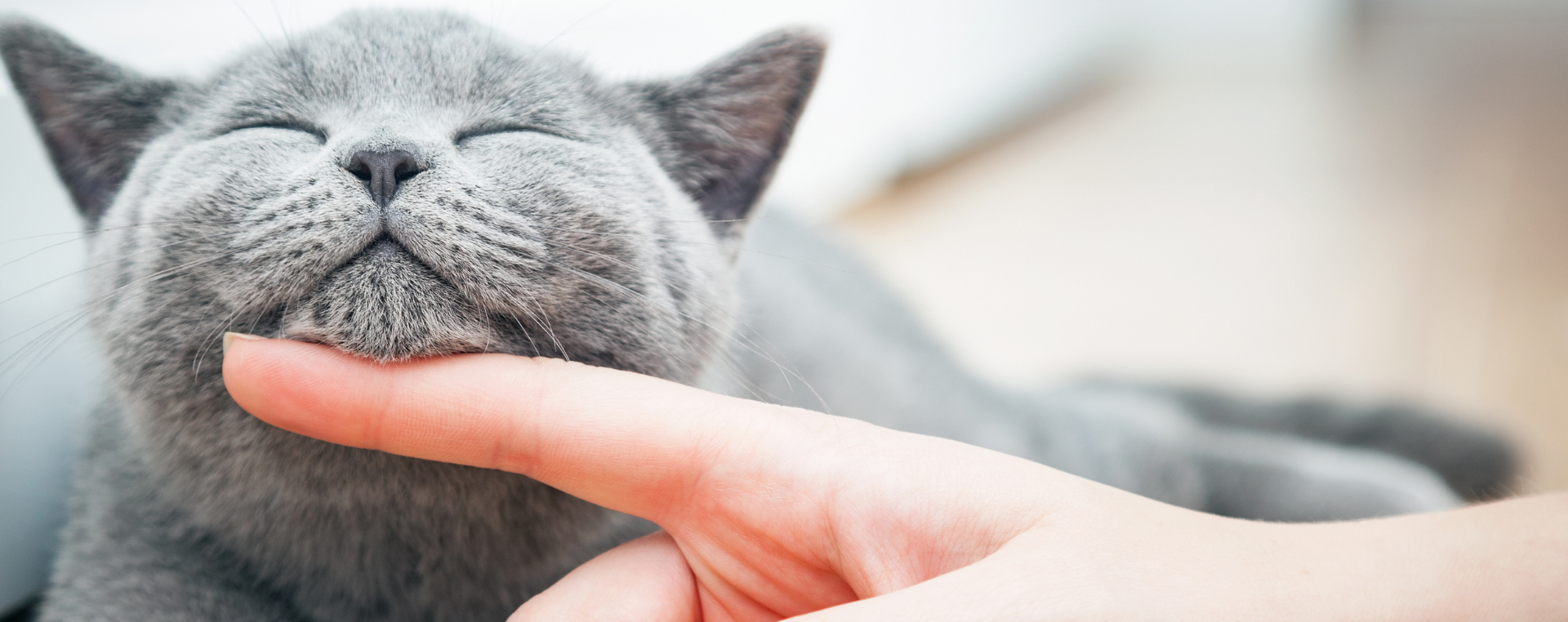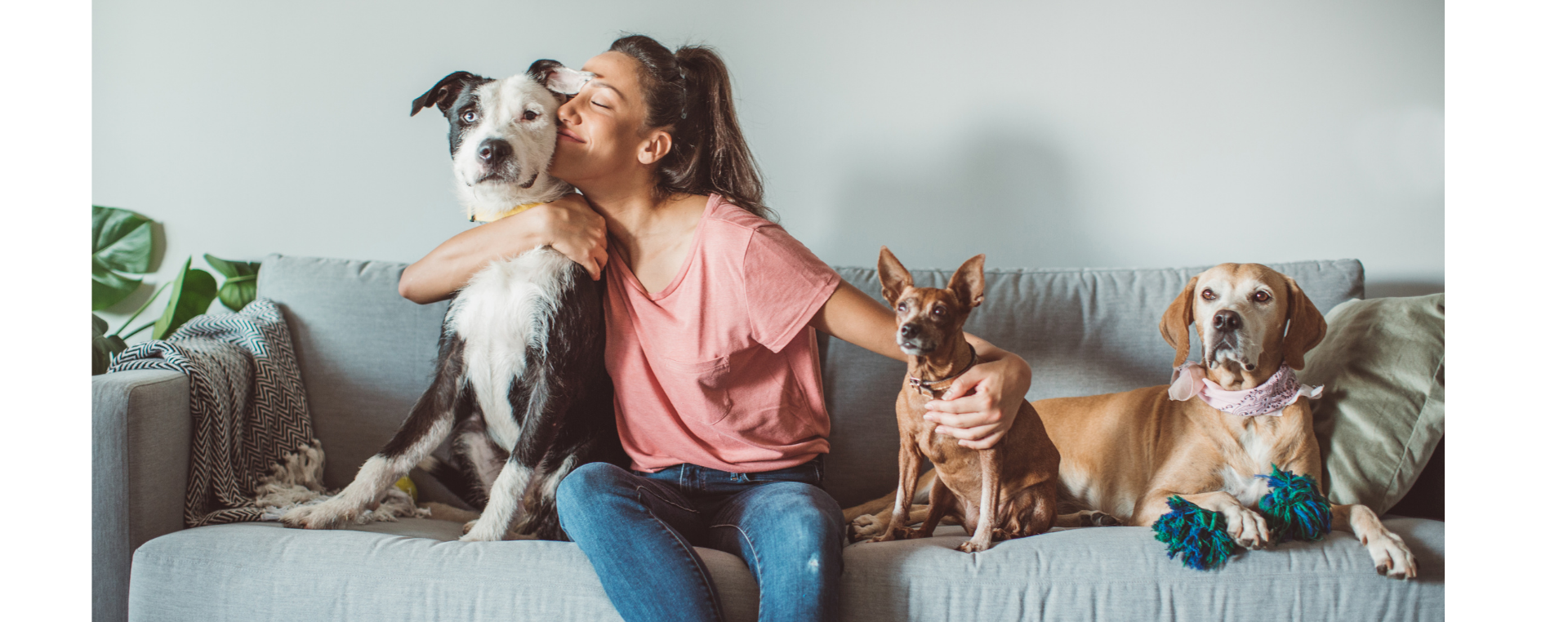For many dogs and cats, a trip to the vet is anything but routine. Panting, trembling, growling/ hissing, vocalizing in the car, hiding under chairs, or even refusing to walk through the clinic door—these signs of fear, anxiety, and stress (FAS) are all too common. The good news? You can help your pet feel calmer and safer through something called a chill protocol.

What Is a Chill Protocol?
A “chill protocol” refers to a personalized plan of pre-visit medications, designed to help reduce anxiety and keep pets more relaxed before and during veterinary appointments. These medications are typically given at home the evening before a visit and/or 2-4 hours before the visit to make the experience less scary for your furry friend.
Why Use a Chill Protocol?
Think of it this way: if you were terrified of going to the dentist, wouldn't you appreciate tools to ease that stress? The same goes for pets. A chill protocol can:
- Lower stress and fear responses
- Prevent negative associations with the clinic
- Improve safety for the veterinary team
- Make exams and treatments more effective and accurate
- Build trust between you and your pet
Common Medications Used
Your veterinarian will determine what’s appropriate based on your pet’s species, health status, and behavior. Some commonly used options include:
- Gabapentin (cats and dogs): Often used to reduce anxiety and mild sedation.
- Trazodone (dogs): An anti-anxiety medication that helps with relaxation.
- Dexmedetomidine, Acepromazine and others may also be considered if some sedation is needed.
We recommend a trial run at home, so you and your vet can gauge how your pet responds before the big day and adjust doses as needed.
When Is It Time to Consider One?
If your pet shows any of the following during vet visits, a chill protocol might be a game- changer:
- Hiding, trembling, or vocalizing
- Refusing to enter the building
- Growling, hissing, or attempting to escape
- Difficulty being handled or examined
- Needing multiple people to restrain them
Even pets who appear stoic might benefit—some freeze rather than flee.
How to Get Started 
Your vet is your best partner here! They’ll recommend a medication plan that fits your pet’s needs.
Pro tip: Don’t wait until the morning of the appointment to ask for help. These protocols work best when planned in advance.
Tips for Giving Chill Meds at Home
- Give meds with a small amount of food or treat, if directed.
- Follow exact timing instructions—most need 2-4 hours to take full effect.
- Create a calm environment leading up to the visit (dim lights, low noise).
- Practice “happy car rides” and carrier time, so the trip itself isn’t stressful.
Final Thoughts: Fear-Free Is Possible
Chill protocols are a compassionate, science-backed way to reduce stress and improve the vet experience for both pets and people. If your dog or cat struggles with visits, you’re not alone - and help is out there. With the right plan, a little preparation, and some extra love, vet visits can become a lot less scary.

